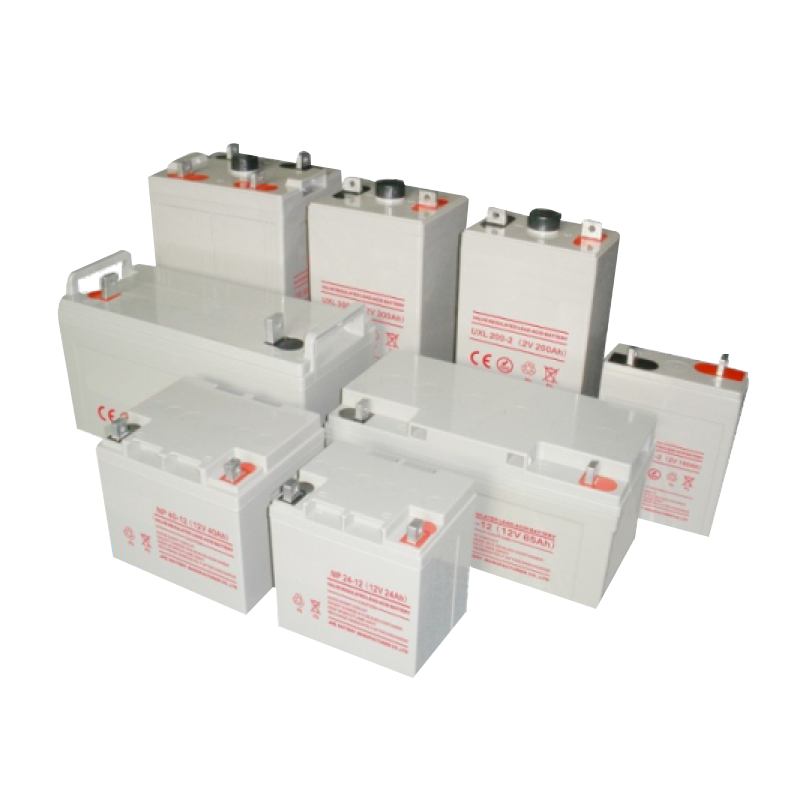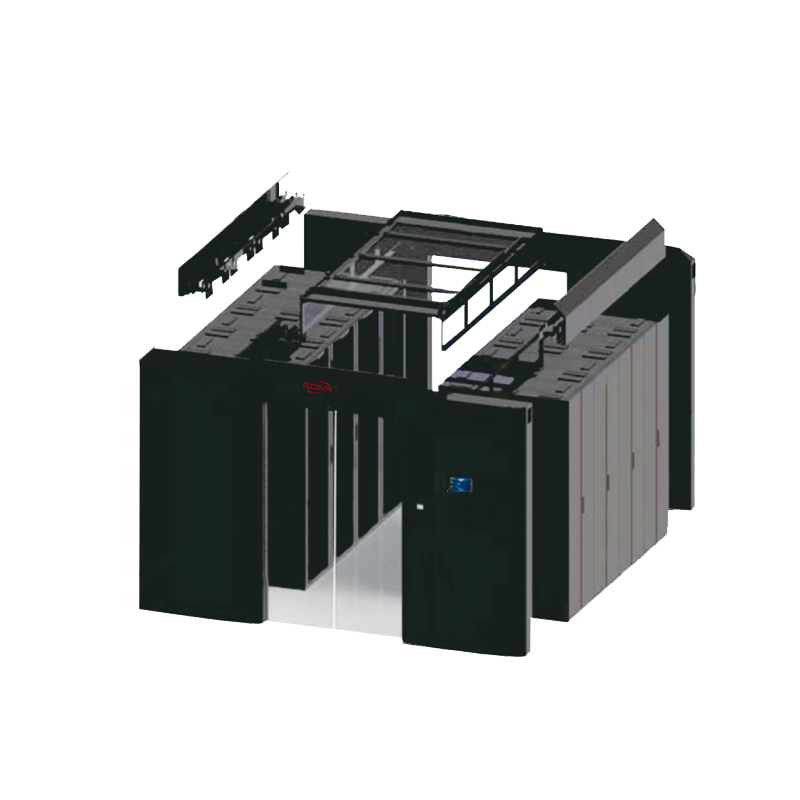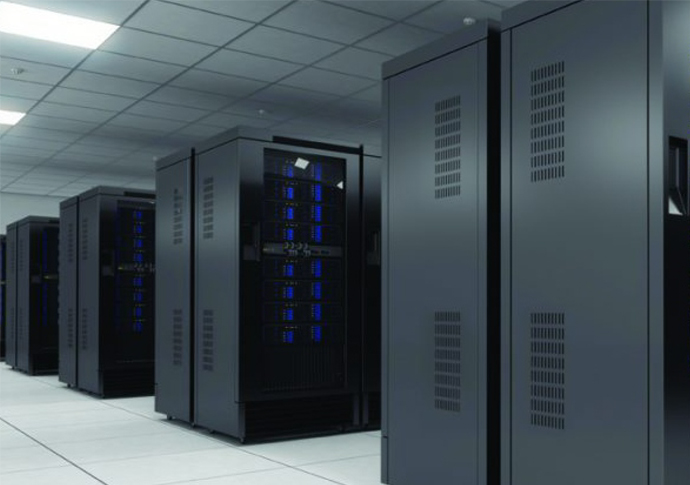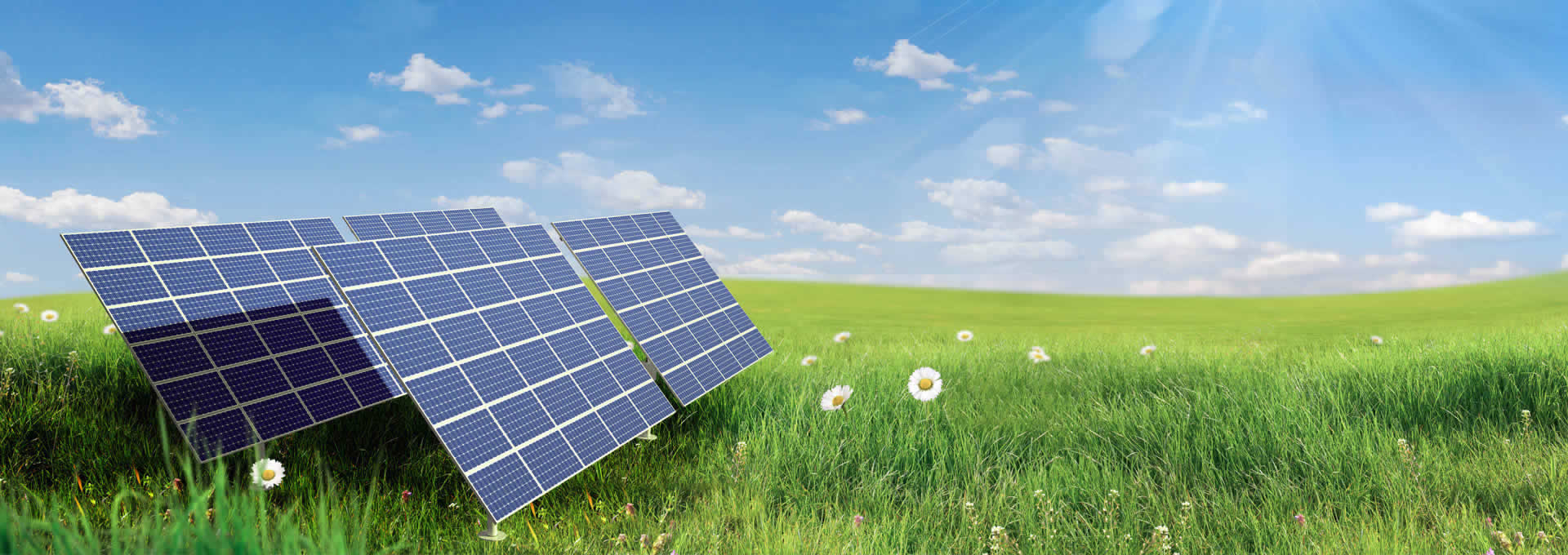 Language
LanguageEnergy storage inverters require the use of solar energy to operate AC equipment. From homes to RVs, they are all fixed installations in photovoltaic systems. But keep the energy storage inverter on? Should it be turned off at regular intervals?
Can the energy storage inverter be continuously turned on?
If you turn off the energy storage inverter, all settings on the device will be lost. However, the energy storage inverter may shut down when not in use, as it consumes battery power.
The reason for persistently turning on the energy storage inverter
There are many reasons for keeping the energy storage inverter on. The following content applies to residential, RV, truck, and other RVs. These are particularly useful initiatives for energy storage inverters, with a capacity of 1500 watts and larger.
Power AC equipment
Energy storage inverters are mainly used to convert DC into AC power and operate electrical appliances. You can run DC and directly use solar energy to power the device, but not AC. If AC power is not used, please turn off the frequency converter. Without an inverter, you cannot use any AC powered devices, which are most household appliances. If your home - whether connected or not - relies on an inverter, turning it off is unrealistic. This WZRELB 5000W, for example, a pure sine wave inverter can operate continuously.
Turning off the frequency converter means losing all settings. Even if the system has options to store these, it would be a hassle to open them again. Turning off your 750W inverter means resetting the clock, refrigerator, air conditioning, microwave, etc. If you turn off the inverter every night and open it every morning, it will quickly become a difficult task. The bottom line is: If you buy a solar inverter for your grid or off grid photovoltaic system, there is no need to turn it off.
No shore power access
RV camping sites allow you to enter coastal energy operation equipment. But once you separate, what will happen? There is a power outage, and your electrical equipment has stopped running. You can turn on the inverter at any time, but it takes time. Most appliances don't like switches. After persistently turning on the energy storage inverter, the system can automatically switch to the energy storage inverter when shore power is interrupted. If you plan to go out to sea for a long time away from shore power sources, ensure that the battery pack is fully charged. The energy storage inverter will be your only power source, so it is necessary to make corresponding plans.
Continuous power supply
Just connect the energy storage inverter to the power supply, and anything connected to it will continue to operate. For many people, this is the most important benefit of keeping the inverter on. If your home is far from the power grid, the inverter almost always has to be turned on. It should be turned off in two situations: when changing the battery and when going on vacation. The inverter running on a recharged battery pack is like a UPS. Even if there is a power outage, your appliances will continue to operate. Discontinuous power sources are always welcomed in both RVs and houses.
Persist in innovative food
RVs usually use generators to drive refrigerators, but if your car uses an energy storage inverter battery system, you have to keep driving it. Turn it off, you may damage the food in the refrigerator. You can store some food and drinks in a 12V DC freezer in the refrigerator. But compared to regular refrigerators, their capacity is smaller. If you want to run a regular AC refrigerator, you must keep the inverter or other power sources running continuously. According to your home settings, you can turn off the inverter and switch to another power source. However, considering that the inverter was once available, it is not practical to transfer to another power source.
Charging the battery
The energy storage inverter converter charges the battery and also converts DC into AC power. By keeping the system on, it can charge the battery while converting electrical energy. One of the best examples in this regard is the 2000W pure sine wave energy storage inverter, which can effectively operate electrical appliances and power batteries. This only applies to energy storage inverter chargers. Unless the product description clearly states, do not assume that the inverter also has charging characteristics.







































































